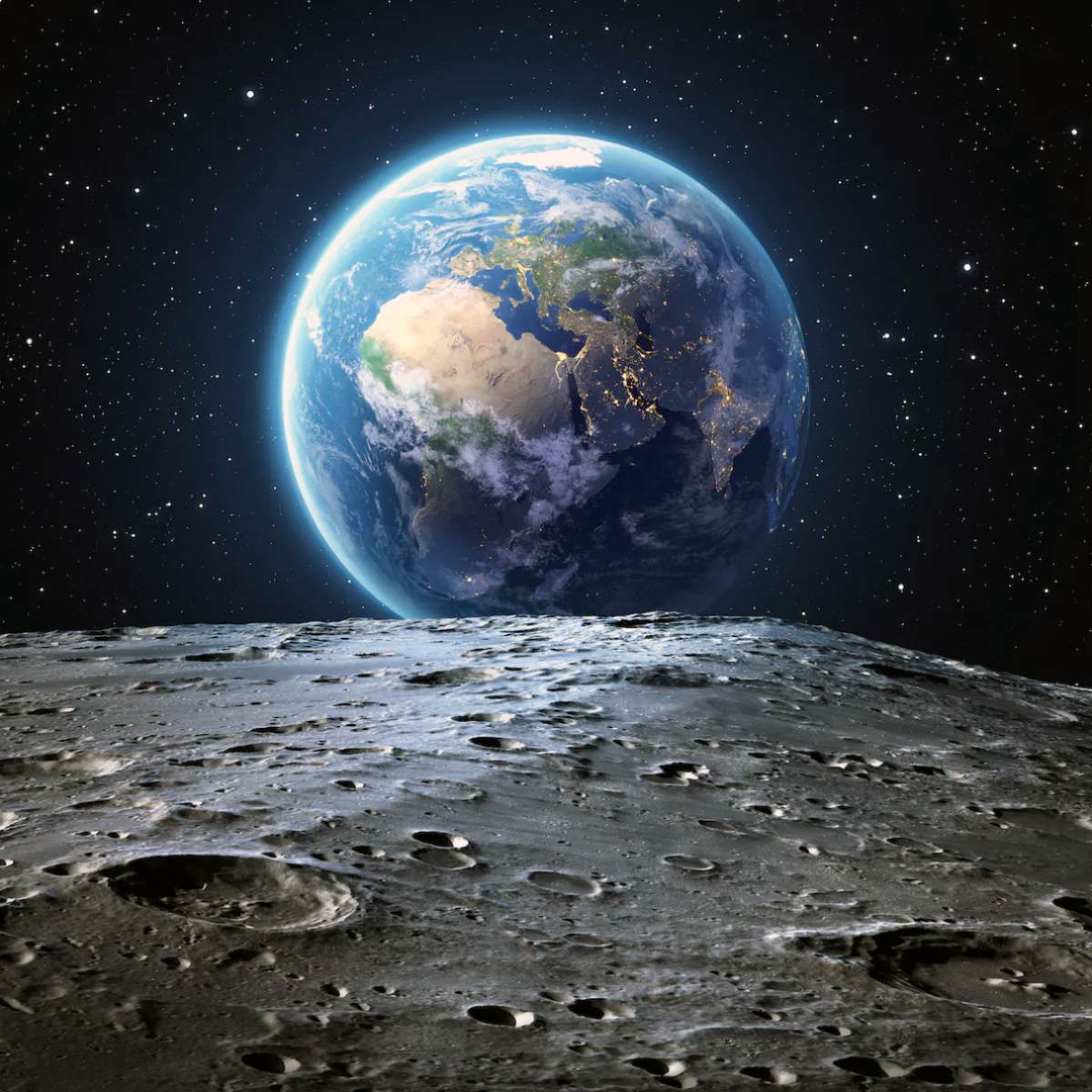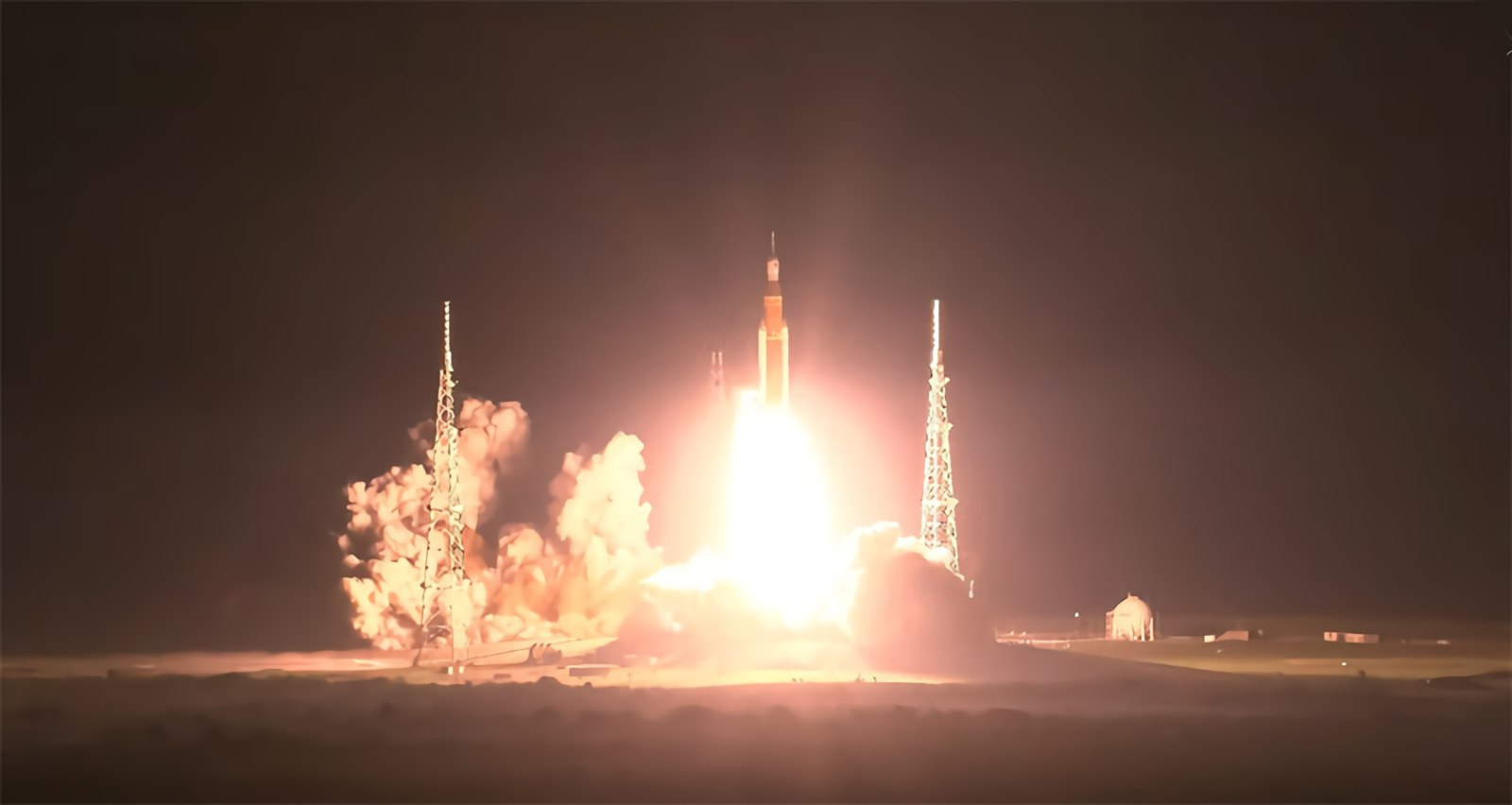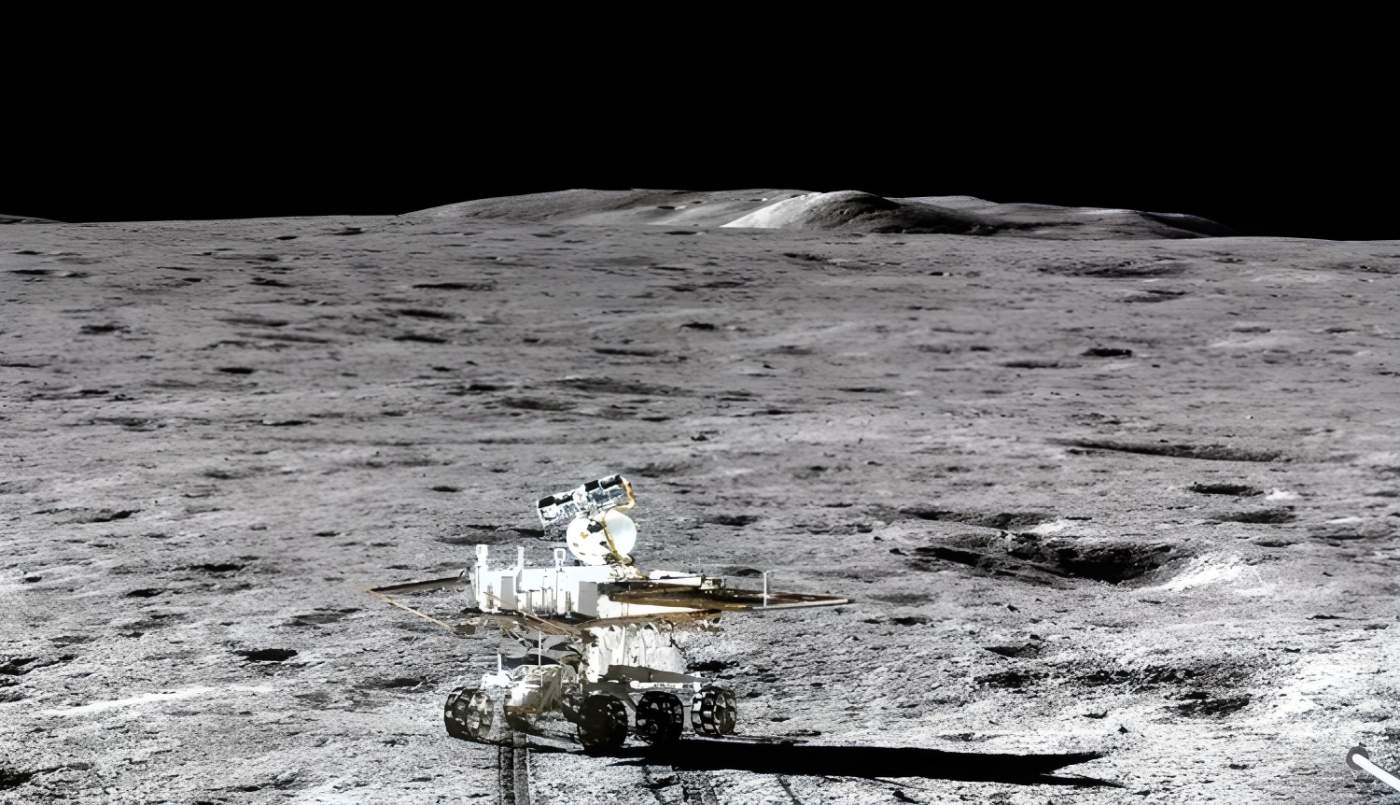In the early 20th century, the Wright brothers were thinking of conquering the sky, and Russian schoolteacher Konstantin Tsiolkovsky was trying to conquer space. His pioneering calculations published in 1903 proved the possibility of space travel. He even proposed the fuel that powers many modern rockets today, such as liquid hydrogen and liquid oxygen. All these developments became the fuel for the space race.
How did the Space Race start?

Moon emphasis: It was an American pioneer who first imagined the flight to the Moon. Robert H. Goddard launched his first rocket in 1926. In 1937, he designed a more advanced one.
In the same period, New England physics teacher Robert Goddard published a book named A Method of Reaching Extreme Altitudes in 1919. He took care not to reveal his main purpose; the “extreme altitude” in his mind was actually the Moon, and he was ridiculed for this idea. The first test rocket launched by Goddard in 1926 flew 165 feet (55 m) and fell into his aunt’s garden, where she grew cabbage.

The Rocket Man: Dr. Wernher von Braun was on duty in Germany’s World War II rocket program. His V2 rocket targeted London in 1944.
Meanwhile, another stargazer named Hermann Oberth in Germany was on the job. His work, Die Rakete zu den Planetenräumen (The Rocket into Interplanetary Space), published in 1923, formed the basis for the world’s longest-range rocket, the “V2 which Germany used in the Second World War. The V2 was developed by German engineer Wernher Von Braun, who later became America’s most important rocket scientist after the war.
What did Apollo achieve?
The Soviet Union had so far dominated the intercontinental ballistic missile system field, with heavy missiles superior to those produced by the US in size and power. The most important contribution of the American Apollo Program was in this field. However, scientifically, the Moon trip was not worth the effort. Astronauts did seismology studies and radiation experiments and brought 379 pounds (172 kg) of rock, but they could do very little that robots couldn’t.
However, the technology developed for this program has benefited satellites around the world. As a result, there has been a huge improvement in astronomy, communications, weather forecasts, and other unmanned space missions. In fact, less than one in every 30 space flights was manned. The most dramatic of the space flights were the Russian landing on Venus in 1975, the US landing on Mars in 1976, and Voyager passing near Jupiter in 1979.
In pictures sent from the Moon, the Earth appeared like a small, beautiful sphere in the dark and star-filled space, a sphere that is our planet.
How did Russia react?
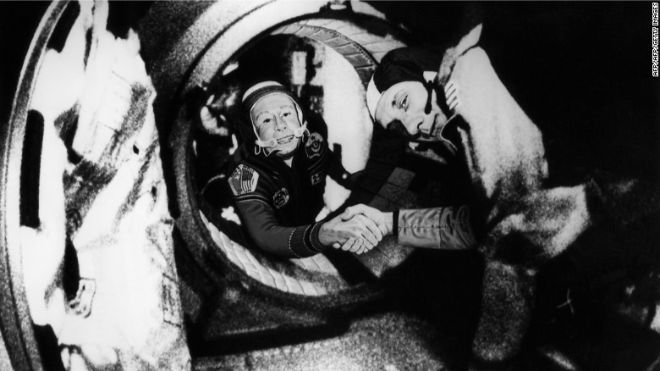
Although there was no publicly declared promise of the Russian government that the Moon would be reached, evidence points to a hidden Moon landing program created by Russians. In the late 1960s, Russian scientists were testing the G-1, a giant rocket 40 percent stronger than the US Saturn rocket. With this rocket exploding on the test ramp in 1969, the Soviets fell behind America in the Space Race.
The Russians began to focus more on space stations. In April 1967, the first manned Soyuz satellite was launched; it was intended to dock with another satellite to form the first space station. However, Soyuz 2 was never launched, and Soyuz 1 was torn apart while entering the atmosphere. Soyuz 4 and 5 successfully connected in 1969 and created a living environment half the size of Apollo.
In 1971, the first Salyut space station hosted three astronauts for more than three weeks; but when returning to the atmosphere, a malfunction caused the pressure to drop suddenly, and all three astronauts died. By 1978, more than 50 Soyuz and Salyut missions and an American-Russian joint project were completed. The age of the space race was over, but a new page was about to be turned.
The future of humanity in space
The techniques used in the Apollo Program are unlikely to be reused. These methods were surprisingly extravagant. 98 percent of the weight of the Saturn rocket was the fuel stored in its first three sections. All three of these sections were separated from the spacecraft before it left the Earth’s orbit.
On the return journey, the Lunar Module was abandoned early and only the Command Module returned to Earth. This was like starting the ocean voyage with a transatlantic cruise, then abandoning most of the ship to the sea after leaving the port, continuing the voyage in a lifeboat, and leaving it to swim ashore on a lifebuoy.
The Space Shuttle, a more efficient spacecraft with reusable fuel tanks and an atmosphere reentry vehicle capable of placing satellites in orbit at a lower cost, was later adopted by the United States. The Soviet Union focused on the construction of space laboratories that are sent into orbit and are able to make an astronaut live in space for six months or more.
One day, these technologies could enable people to initially live in Earth’s orbit and then in the depths of space. It may be possible to build city-size space colonies that can produce their own food and obtain their minerals from small planets. Sunlight can also serve as a power source.
Theorists believe that through these types of orbital colonies, humanity can establish substantial settlements in space. Unless special scientific research is in question, no group will spend their energy coming out of one pit just to fall into another. Whether mankind can reach the stars may remain a matter of speculation forever. The space travel of Pioneer 10 and 11 probes is currently underway, but even if they travel in the right direction, it will take 80,000 years to reach the nearest star.
However, a big leap was made in space exploration during the last century. Some scientists believe that a new breakthrough will take place in the next century, when humans will form colonies in the galaxy.
Timeline of the Space Race
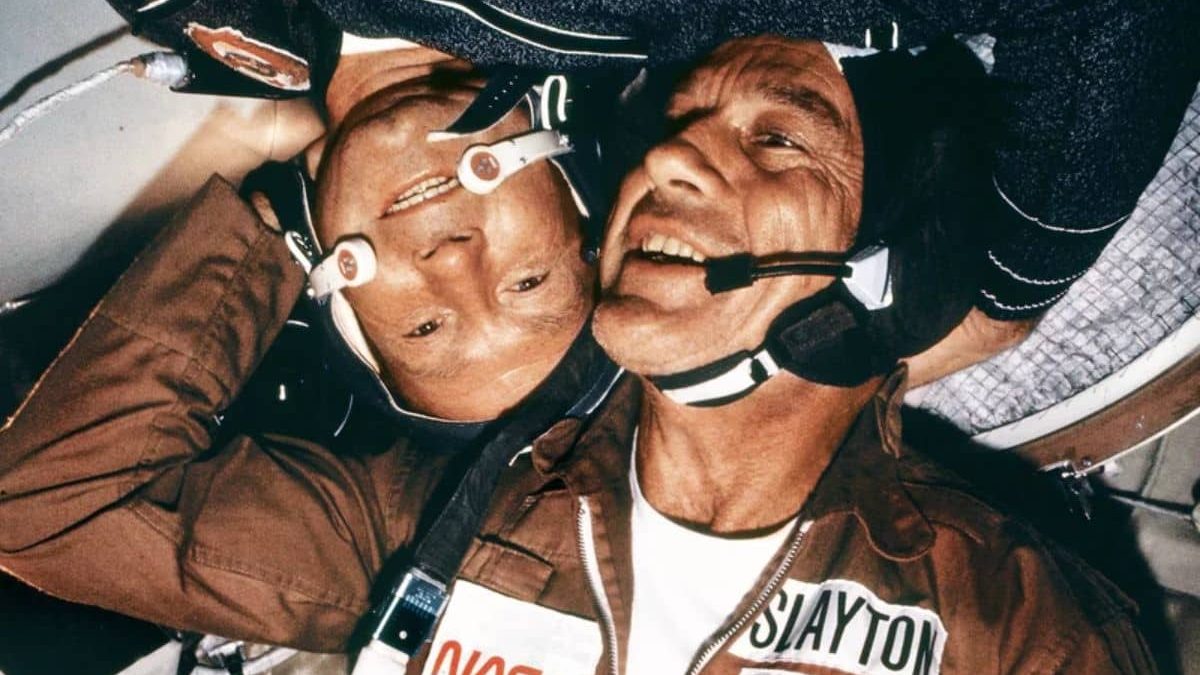
In the 1950s, the technology had advanced enough to allow mankind to realize its dream of reaching the Moon, and thus, the space race had begun.
- 1957: The USSR launches Sputnik 1.
- 1958: US Explorer 1 launches.
- 1959: An unmanned space probe of the USSR, Luna, hits the Moon.
- 1961: Soviet citizen Yuri Gagarin becomes the first person to travel into space. (He would die in a plane crash in 1968.)
- 1961: Astronaut Alan Shepard becomes the first American to go to space.
- 1961: USSR cosmonaut Gherman Titov spends a day in Earth orbit.
- 1962: John Glenn, the first American to orbit the Earth, makes three turns around the planet.
- 1963: Valentina Tereshkova of the USSR becomes the first woman to go to space.
- 1964: The USSR makes its first three-manned space flight. The US space probe Ranger 7 hits the Moon.
- 1965: USSR’s Alexei Leonov makes the first space flight that lasts ten minutes.
- 1966: Luna 9 of the USSR makes its first soft landing on the Moon. The US Surveyor 1 makes a soft landing. The US Lunar Orbiter begins to map the Moon from its orbit.
- 1967: The USSR interlocks two unmanned satellites returning from their orbits.
- 1967: An accident occurs during a countdown and three American astronauts die.
- 1969: The first human reaches the moon with the Eagle module of the Apollo 11 mission, United States.
- 1970: Luna 17 of the USSR leaves the automated lunar traveler on the Moon’s surface.


